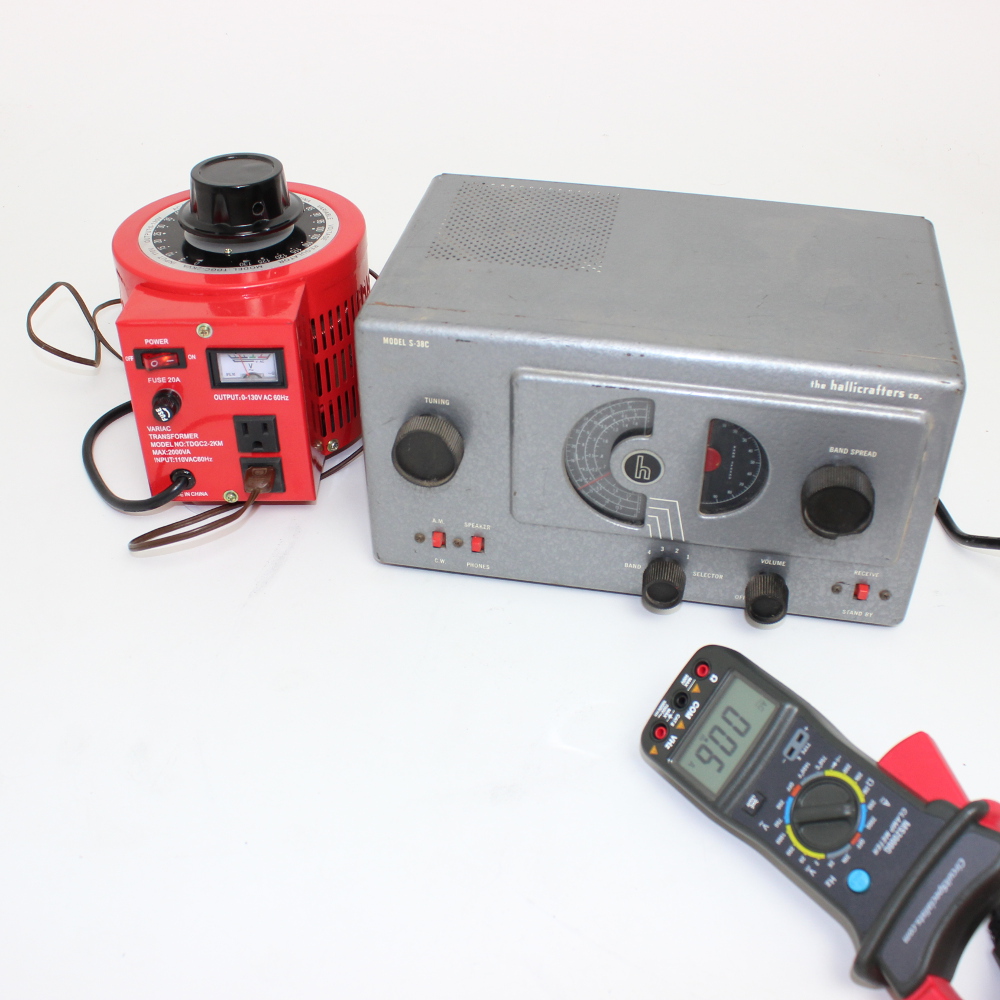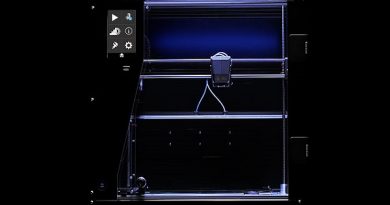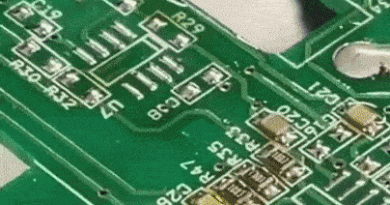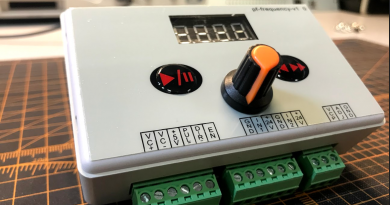Using a Variac to Power Up an Old Radio or Amplifier
It is best to monitor the AC current drawn by the unit as it is powered up, which indicates the “health” of the radio or amplifier. The easiest method is a “clamp-on” AC current meter. In general the AC current draw should be about 50 to 75 % of the rating of the fuse in the radio or amp.

Bring the variac up slowly over a period of several minutes until you reach about 50 volts. This will pre-heat the tube filaments and begin to re-form the electrolytic capacitors. Keep an eye on the current value and be on the lookout for smoke or any malfunctions. The variac should be left running at this voltage level for about 30 minutes.
Next, slowly bring the variac up to around 75 volts. This will allow the power transformer windings in a transformer-equipped set to warm up a bit, driving out any accumulated moisture, and will continue to re-condition the electrolytic capacitors. Leave the variac at this voltage for at least another 30 minutes.
After waiting 30 minutes, raise the voltage to around 90 volts. At this point the radio or amplifier should be functioning. If the unit begins to hum, you will need to replace the electrolytic capacitors. You should probably consider replacing the capacitors on an old piece of equipment even if it doesn’t hum. Old filter caps will fail sooner or later, so you may save yourself some time and trouble later on.
After about 10 to 15 minutes you can raise the variac output to full voltage and verify everything is working correctly. If you notice a sudden increase in current or see or smell smoke, immediately turn everything off.
A variac is an excellent tool for safely powering up an old radio or amplifier that has not been used for an extended period of time. Using this low-priced piece of equipment could save you time and money as well as enable you to bring that old piece of equipment back to life with very little effort.


